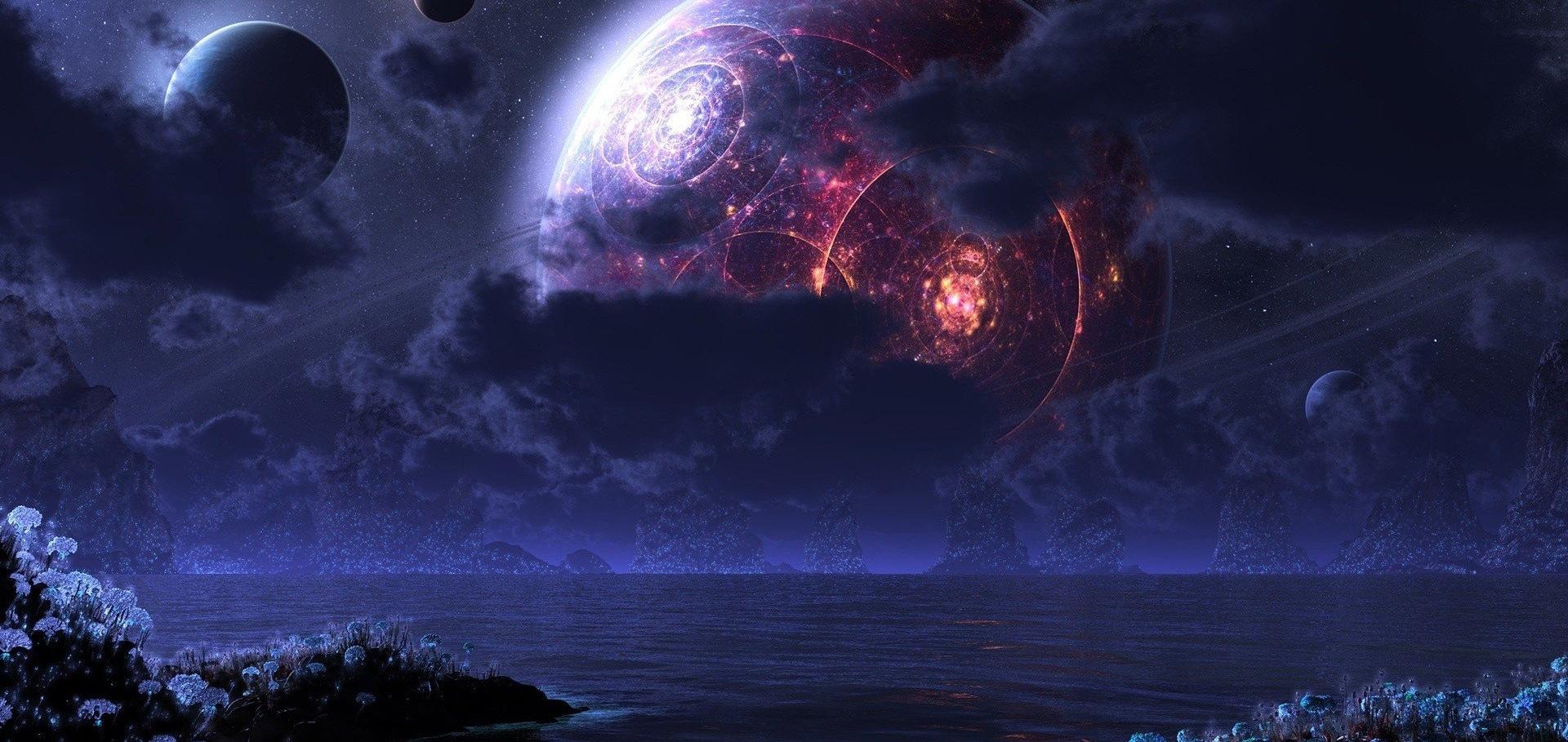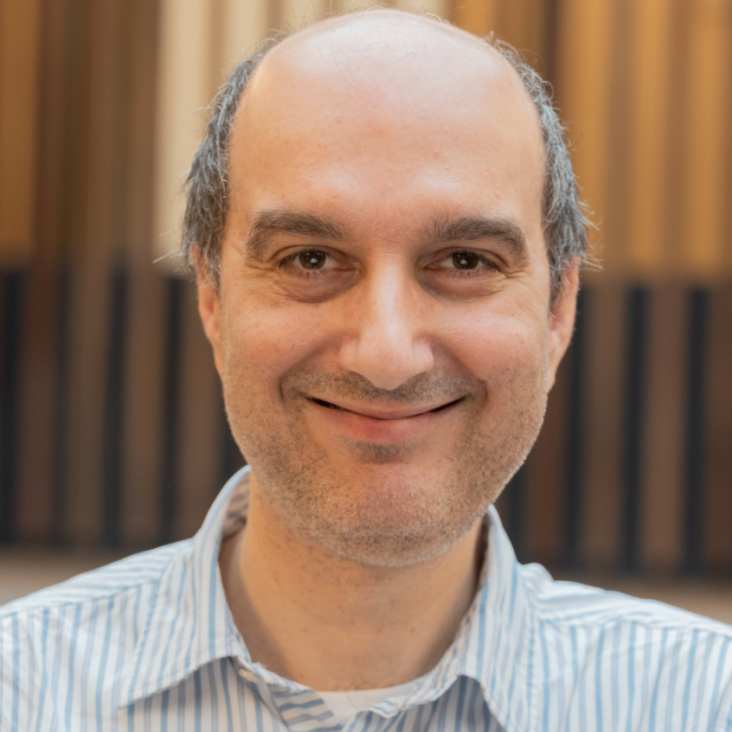Larmor radiation as a witness to the Unruh effect
Physical Review D American Physical Society (APS) 112:6 (2025) 65009
Abstract:
<jats:p>We discuss the emission of radiation from general sources in quantum scalar, electromagnetic, and gravitational fields using the Rindler coordinate frame, which is suitable for uniformly accelerated observers, in the Minkowski vacuum. In particular, we point out that to recover, from the point of view of uniformly accelerated observers in the interaction picture, the usual Larmor radiation, which is independent of the choice of the vacuum state, it is necessary to incorporate the Unruh effect assuming the Minkowski vacuum. Thus, the observation of classical Larmor radiation in the Minkowski vacuum could be seen as vindicating the Unruh effect in the sense that it is not correctly recovered in the uniformly accelerated frame unless the Unruh effect is taken into account.</jats:p>Superheating gold beyond the predicted entropy catastrophe threshold
Nature Nature Research 643:8073 (2025) 950-954
Abstract:
In their landmark study1, Fecht and Johnson unveiled a phenomenon that they termed the ‘entropy catastrophe’, a critical point where the entropy of superheated crystals equates to that of their liquid counterparts. This point marks the uppermost stability boundary for solids at temperatures typically around three times their melting point. Despite the theoretical prediction of this ultimate stability threshold, its practical exploration has been prevented by numerous intermediate destabilizing events, colloquially known as a hierarchy of catastrophes2, 3, 4–5, which occur at far lower temperatures. Here we experimentally test this limit under ultrafast heating conditions, directly tracking the lattice temperature by using high-resolution inelastic X-ray scattering. Our gold samples are heated to temperatures over 14 times their melting point while retaining their crystalline structure, far surpassing the predicted threshold and suggesting a substantially higher or potentially no limit for superheating. We point to the inability of our samples to expand on these very short timescales as an important difference from previous estimates. These observations provide insights into the dynamics of melting under extreme conditions.A molecular dynamics framework coupled with smoothed particle hydrodynamics for quantum plasma simulations
Physical Review Research American Physical Society 7:2 (2025) 023286
Abstract:
We present a novel scheme for modelling quantum plasmas in the warm dense matter (WDM) regime via a hybrid smoothed particle hydrodynamic - molecular dynamic treatment, here referred to as ‘Bohm SPH’. This treatment is founded upon Bohm’s interpretation of quantum mechanics for partially degenerate fluids, does not apply the Born-Oppenheimer approximation, and is computationally tractable, capable of modelling dynamics over ionic timescales at electronic time resolution. Bohm SPH is also capable of modelling non-Gaussian electron wavefunctions. We present an overview of our methodology, validation tests of the single particle case including the hydrogen 1s wavefunction, and comparisons to simulations of a warm dense hydrogen system performed with wave packet molecular dynamics.Learning Heat Transport Kernels Using a Nonlocal Heat Transport Theory-Informed Neural Network
(2025)


